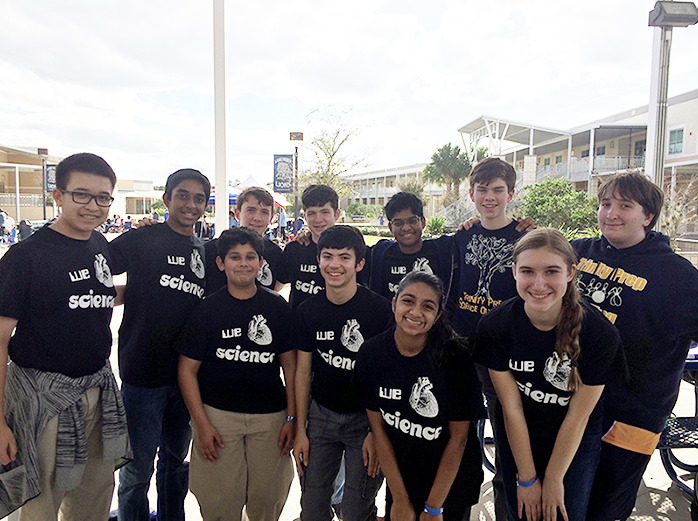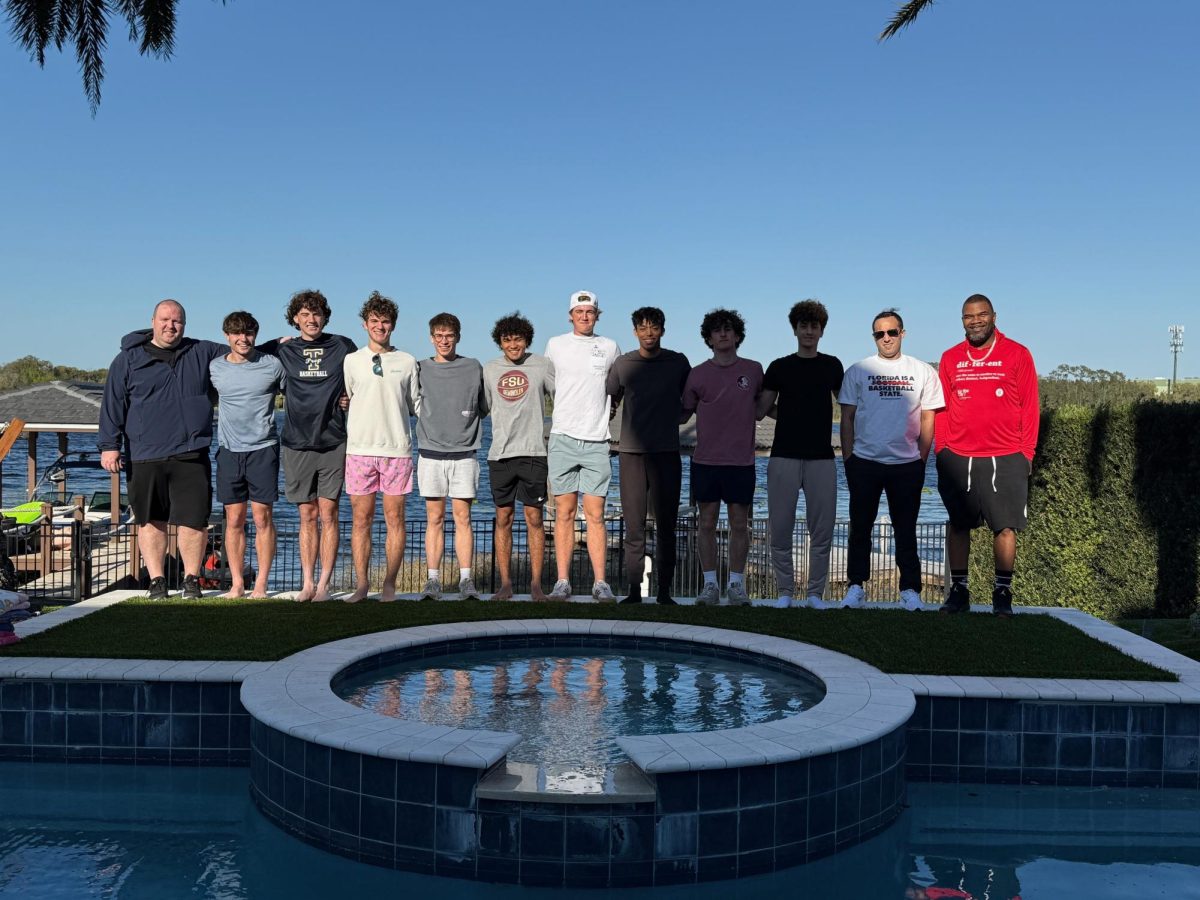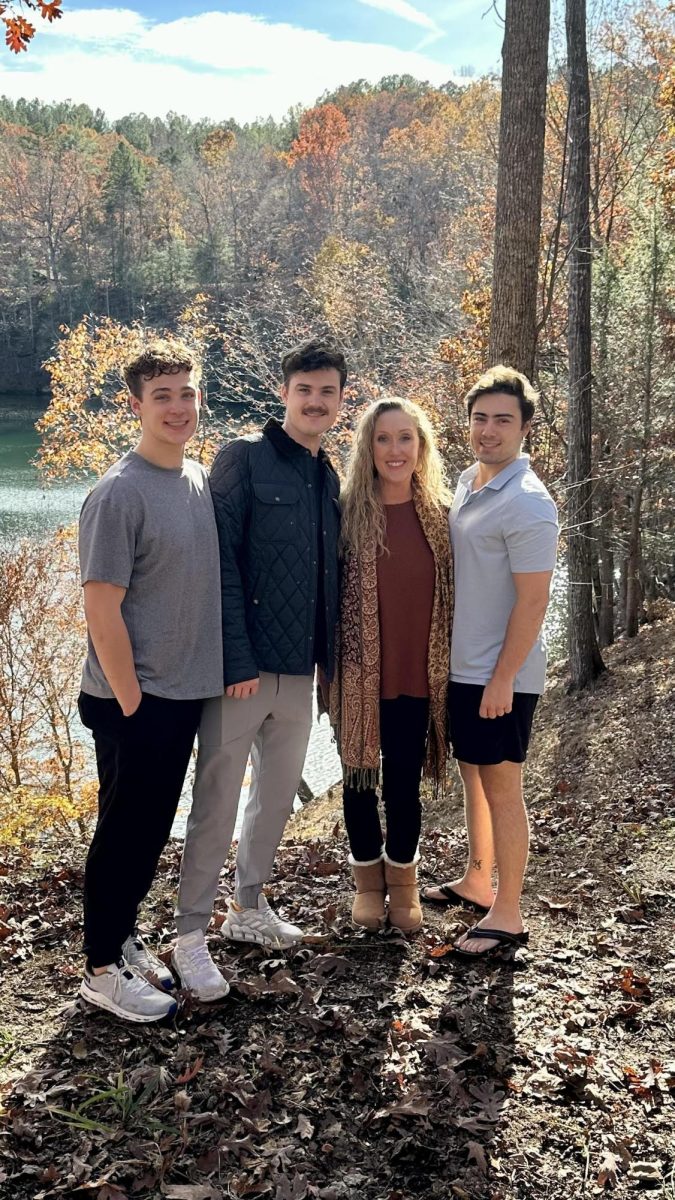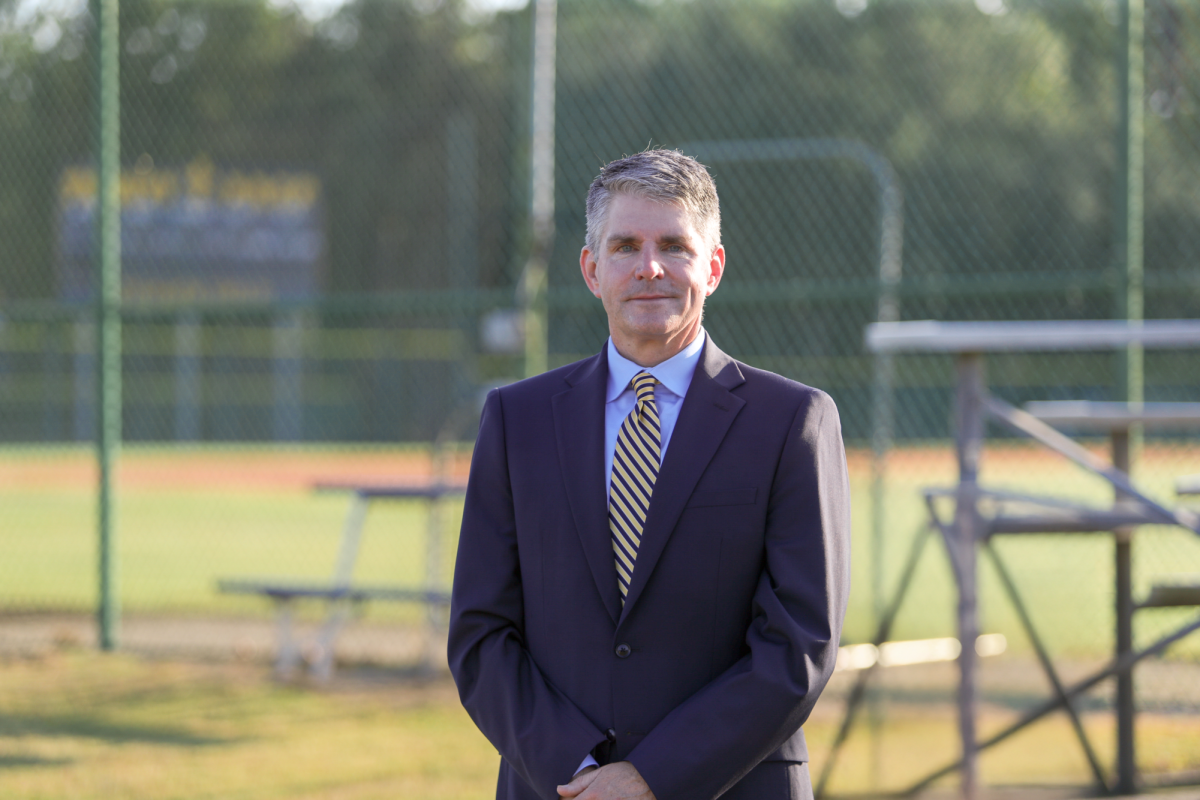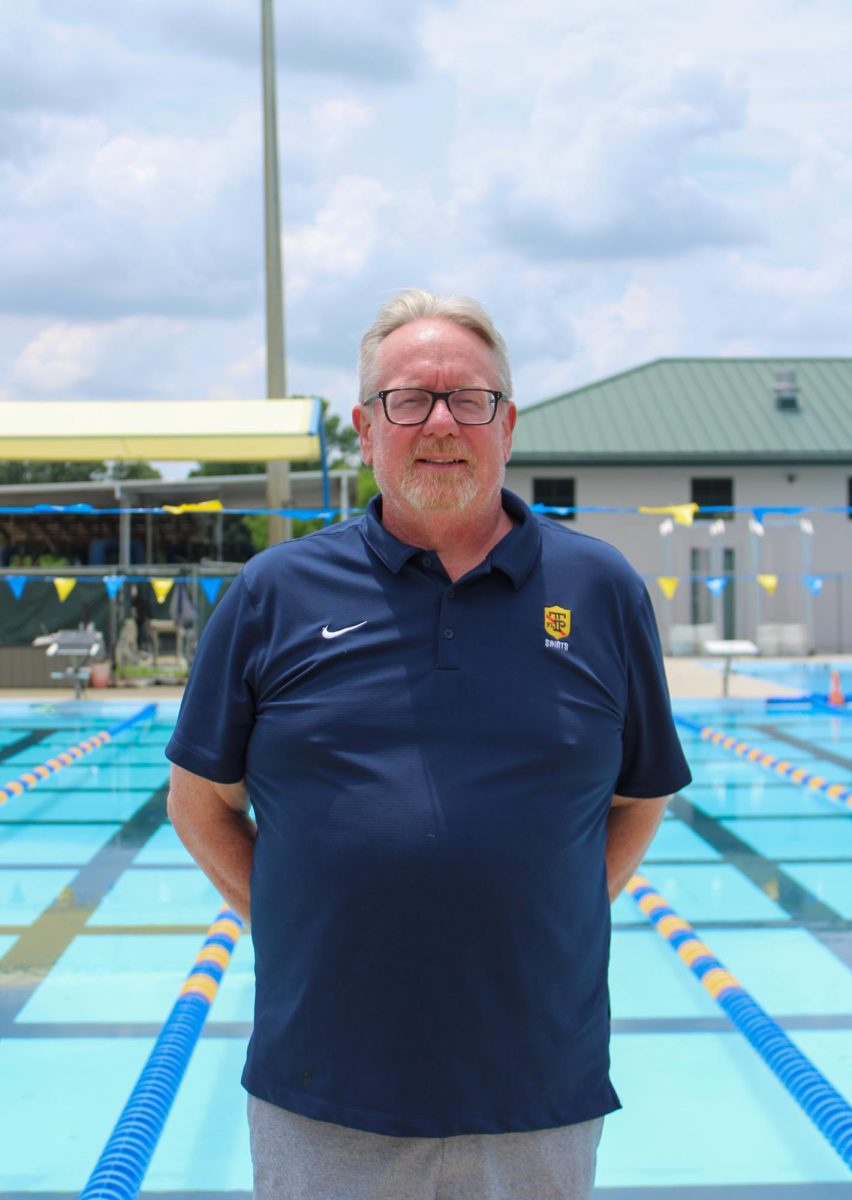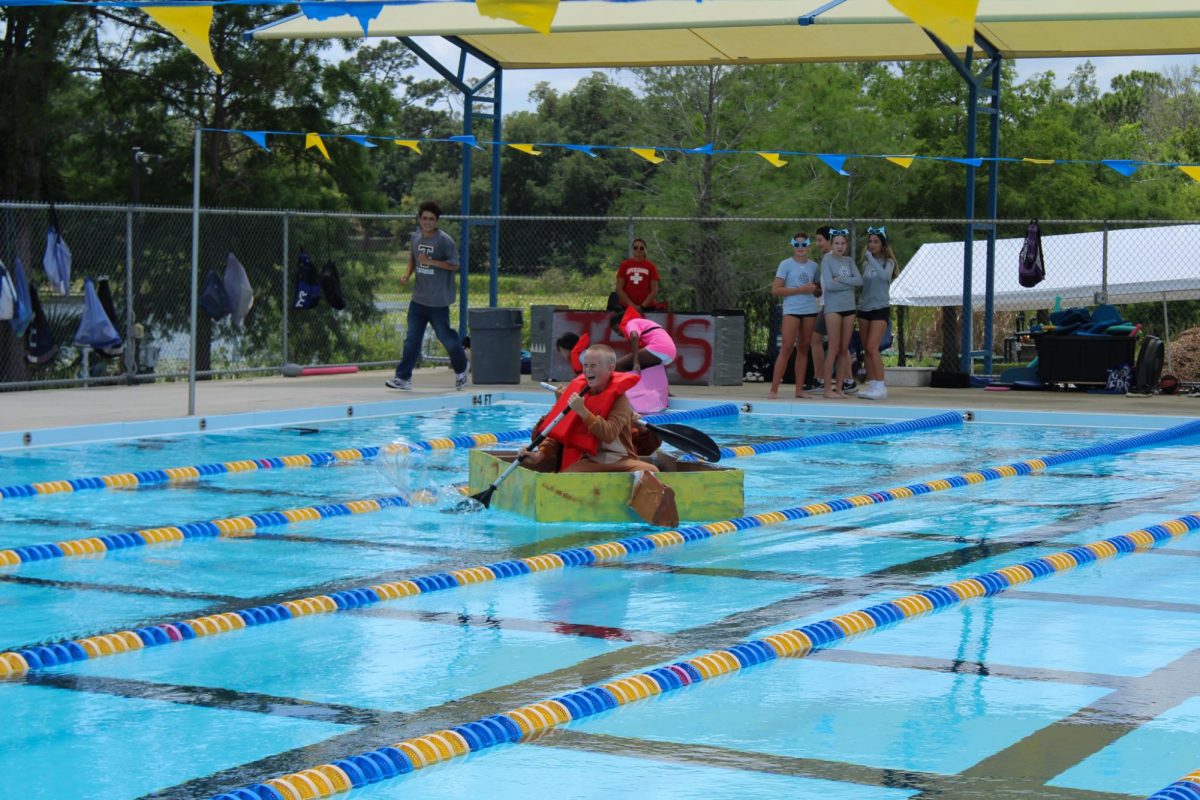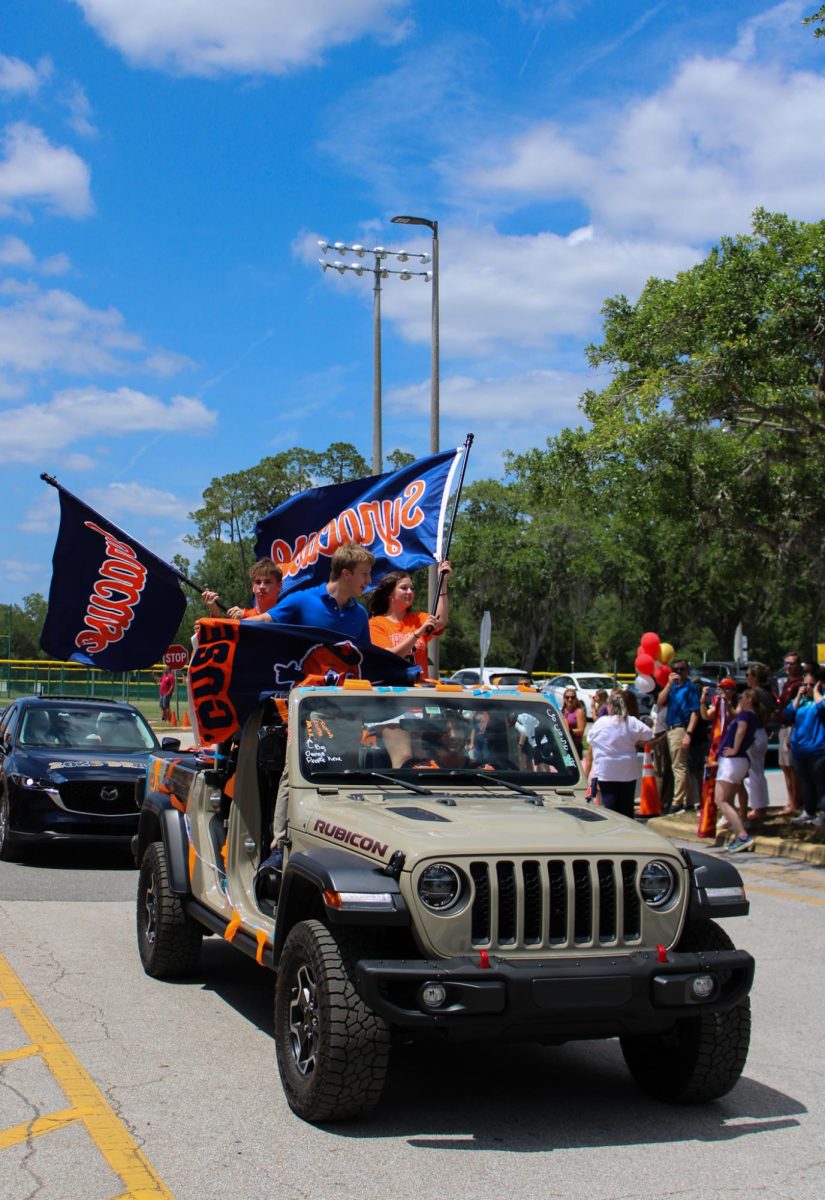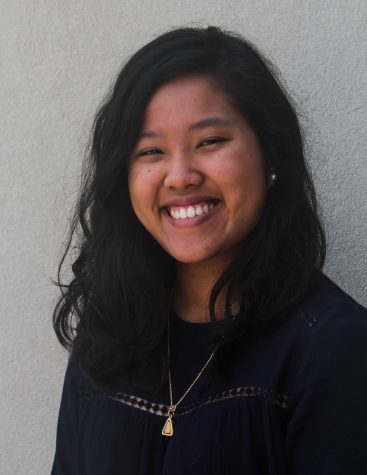A group of high schoolers and judges dressed in black and navy T-shirts gathered around a small wooden bridge holding up a giant bucket of sand. They stood with watchful eyes in anticipation of the moment it finally snapped under the pressure.
On Jan. 17, 23 upper school students competed in the regional Science Olympiad at Lake Nona High School. The competition draws more than 40 schools from our district, and they participate in 25 different events in all fields of science, including Biology, Forensics and Chemistry. Students can choose to take a classic paper and pencil academic test, take part in events in a lab or engage in more labor-intensive activities like building Rube Goldberg machines.
“I like Green Generation,” sophomore Sarina Kothari said. “You take a multiple choice test about the environment, and there’s a short answer portion about the food chain and lakes. It has a lot of Environmental Science and Biology, which interests me.”
Preparation for competition varies, whether it be mental or physical, varies depending on each event. For events like the Anatomy and Physiology test, the only thing students need to do is study, while bridge building is an event that requires more physical labor and long-term prep that leads up to the competition. Participants are given a set of criteria, and they must stay within those guidelines. They will build and test their structure over the course of the fall semester and decide which bridge they’re going to enter into the regional competition.
Science teacher Lali DeRosier is the head coach and led the team to third place overall, putting it in a position to qualify for the state level competition on March 15.
“This is my first year as coach, so it’s been a huge learning experience,” DeRosier said.
The amount of qualifiers varies from year to year, depending on each district. Our district qualified the top eight schools.
In recent years, Trinity has sent teams to nationals. Last year, the high school team received second place at regionals and sixth place at the state competition. This year’s team is on the road to keeping the legacy alive. Despite the impressive record, Science Olympiad is a relatively new activity for the upper school. However, it has been a long-time middle school club activity.
“Science Olympiad is an opportunity for students who are really passionate about science to do something in a non-traditional way, not strictly a classroom kind of way,” DeRosier said. “It’s a little more open-ended and about real-world problem solving in a competitive environment.”
As opposed to some schools where Science Olympiad is a class, Trinity treats it as a club activity that allows students to have fun while doing something educational. It gives high school students, who want to pursue a career in the science field, an opportunity to be exposed to various types of topics and ways to apply what they learn to real-life situations.
While Science Olympiad puts students in a competitive environment, it is also a way for people from the same school and different schools to connect with each other and build friendships around common interests.
“The whole point is that we all have to work as a team, and everyone has to do well in their events,” junior Jacob Goldberg said. “Despite the fact that there are individual events, it is a team competition.”
The team has a diverse group of representatives from all grades in the upper school, and each of them possesses a huge passion for science. They are not short of talent this year, and even more can be expected from them in the spring semester.




